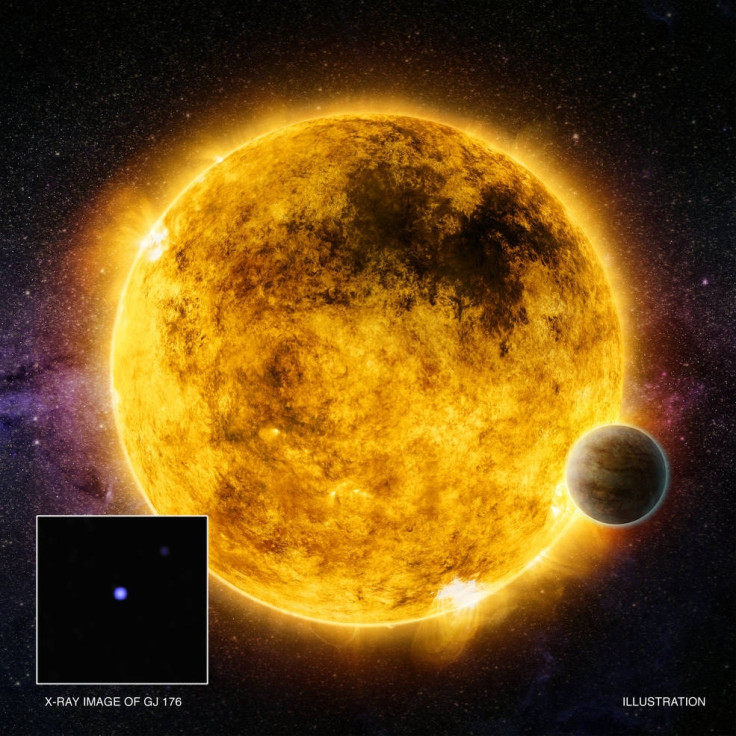How do some of the largest planets grow to be bigger than small stars? New research provides the answer
Energy from their host stars might cause gas giants to 'puff up'.

Scientists have proposed a theory to explain how gas giants the size of Jupiter, and sometimes larger, grow even bigger than small stars. According to this theory, these planets get inflated over time because of the proximity to their host stars and the rate at which they orbit them.
Stars that transmit their energy directly to such planets seem to inflate them. Gas giants can be over four times the diameter of Earth and if they have an orbital path close to their hosts, they are called hot Jupiters. Such planets, notes Phys.org, have masses that are close to Jupiter and Saturn, but tend to sometimes be over 30% larger.
A theory put forward by Eric Lopez of Nasa's Goddard Space Flight Center says that hot Jupiters that revolve around red giants should be highly inflated caused by the direct energy input by the host stars.
Lead author of the study, Samuel Grunblatt, said, "Since we don't have millions of years to see how a particular planetary system evolves, planet inflation theories have been difficult to prove or disprove." So he turned to data collected by Nasa's search for hot Jupiters orbiting red giants – stars that are nearing the end of their lives. This approach was used because red giants are known to get significantly larger as they begin to fizzle out.
During the course of this study, two new planets were identified at the K-132 system, says the report. The twin planets – strikingly similar in mass, size, and orbital periods – orbit their star every nine days, meaning they are quite close to the host star. The team also calculated the twin planets' precise radiuses and found that they are 30% larger than Jupiter. Also, inspite of their size, their mass is only about half of Jupiter's.
Using models, researchers found out that the planets were efficiently transferring their energy deep into their cores. This causes them to lose density and expand in size. Increased radiation from their red giants was also needed for them to 'puff up', but their absorption of this radiation was found to be lower than expected, according to the study.
The report also mentions that Grunblatt and his team will be awarded more time with the Nasa Spitzer Space Telescope to measure the size of these twin planets with greater accuracy so that the findings of the study can be further refined.





















